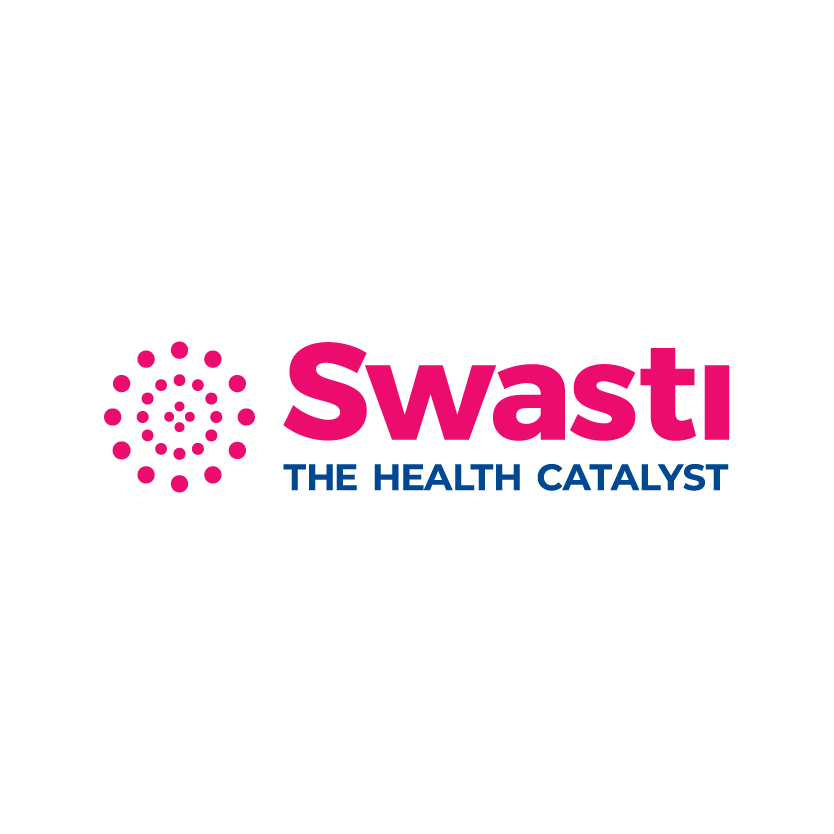Adolescent Health


This section hosts guidelines, manuals and toolkits to strengthen public health practice.
Resources
FILTER
BY CATEGORY
View All
The national suicide prevention strategy in India: context and considerations for urgent action
07 Sep 2022by Lakshmi Vijayakumar, Prabha S Chandra, Munirathinam Suresh Kumar, Soumitra Pathare, Debanjan Banerjee, Tanmoy Goswami, Rakhi Dandona
The absence of a national suicide prevention strategy, inappropriate media reporting, legal conflicts in the interpretation of suicide being punishable, and inadequate multisectoral engagement are major barriers to effective suicide prevention. This paper provides context and calls for urgent action to develop a national suicide prevention strategy. The context provided includes mortality and burden with data based on the Global Disease Study 2019, methods used for suicide in India, risk protective factors, COVID-19 and Suicide, media reporting of suicide and a reflection on the laws and policies for suicide prevention, and other suicide prevention interventions in India.
The paper also underlines the importance of a strategic approach to suicide prevention research to understand the mechanisms that protect against suicide and the emergence of suicidal ideation in the context of India, gender, and the life course and provides considerations for future direction in suicide prevention in India.
Key Takeaways:
- India has the highest number of suicide deaths in the world, with suicide being the leading cause of death in the 15–39 years age group.
- The Global Burden of Disease (GBD) Study estimated 85,900 women and girls and 109,470 men and boys died by suicide in India in 2019.
- The National Crimes Record Bureau documented 139 123 deaths by suicide in 2019, which is 40% fewer than the GBD Study estimate.
- The NCRB reports hanging as the most common method of death by suicide, followed by pesticide ingestion, overdose of medicines, and self-immolation.
- Suicide by self-immolation, a violent and highly lethal method, has religious and historical precedence in India, related to gender-specific issues of widowhood and dowry harassment.
- Many of the globally reported risk factors (eg, societal, community, interpersonal, and individual) that constitute the social-ecological model, span the life course of an individual and are recognized in India.
- One of the difficulties in interpreting risk-factor data for suicide deaths in India is that most available data are for proximal risk factors (eg, exam failure and rejection of love) and there are few data on more distal risk factors (eg, alcohol use disorder and depression) and cumulative risk over the lifetime.
- The NCRB has noted a 10% increase in suicide deaths in 2020 compared with 2019 which could be attributed to the impact of COVID-19.
- Research shows that suicide reporting in the Indian press is short, explicit, repetitive, simplistic, and potentially harmful.
- Despite the absence of a national suicide prevention strategy, the Government has taken some actions across the health and social domains that facilitate suicide prevention. These actions include the introduction of several new laws and policies.
- A strategic approach to suicide prevention research is needed to understand the mechanisms that protect against suicide and emergence of suicidal ideation in the context of India, gender, and the life course.
- India has a medically certified cause of death system that is incomplete, covering only 20% of all deaths.90 Overall improvement in the system for documenting the cause of death would enable more robust data on suicide deaths.
- A comprehensive community surveillance system using third-party informants can add value to the existing data from hospitals and the police, and possibly address the under-reporting of the NCRB.
- The authors also recommend the inclusion of suicide deaths and attempted suicides in the routine health information management system at the public sector health facilities
Related File :
2367760299.pdf
Disclaimer: This website is made possible by the support of the American People through the United
States Agency for International Development (USAID). The Learning4impact partnership is supported by
USAID/India Health Office, under Cooperative Agreement # 72038618CA00001 with Swasti. The
information provided on this website is not official U.S. Government information and does not
necessarily represent the views or positions of USAID, the United States Government, or Swasti.


 EXPLORE DATA
EXPLORE DATA 



























